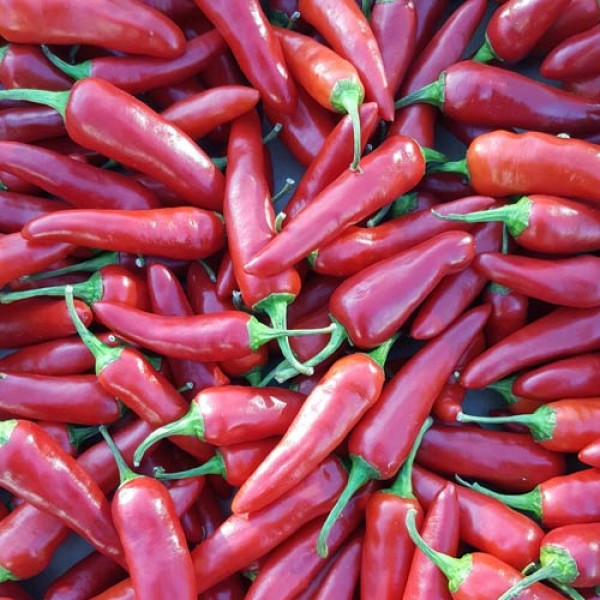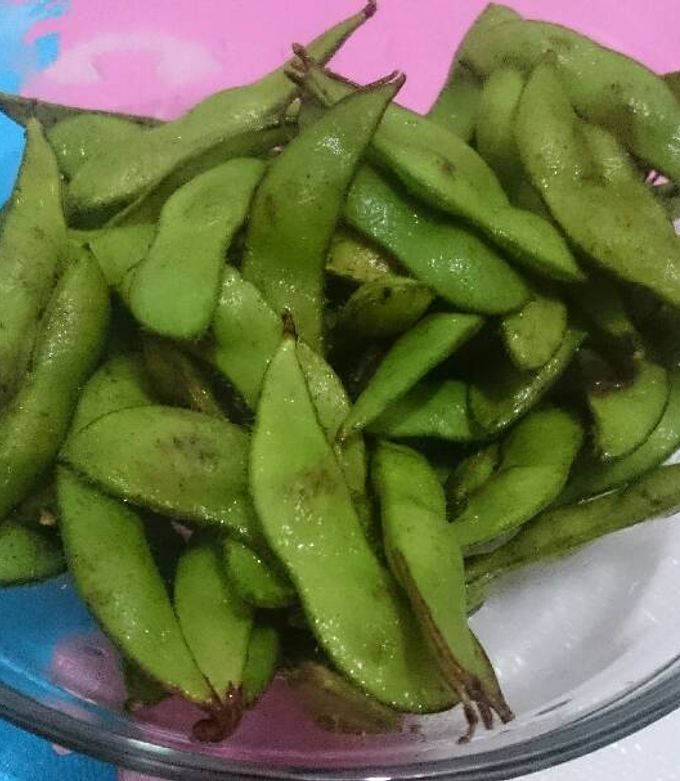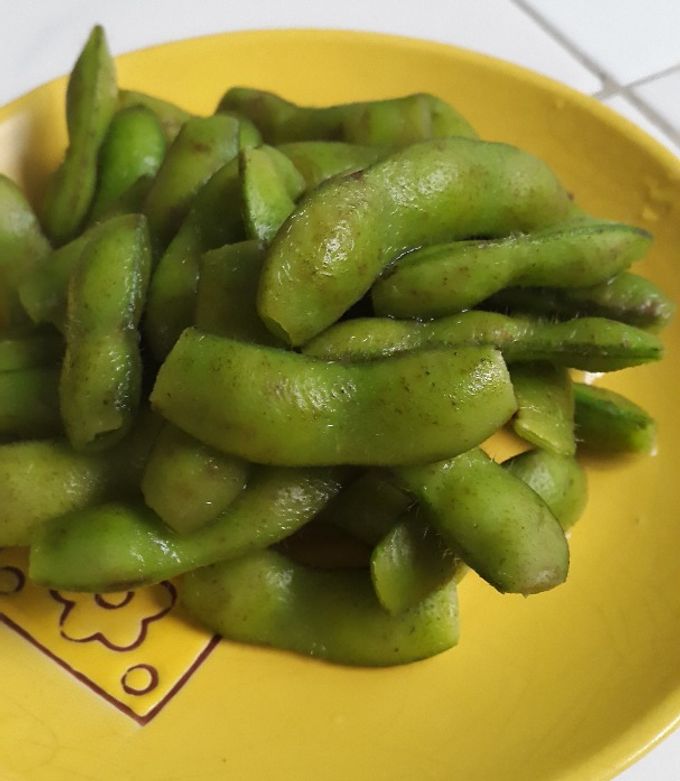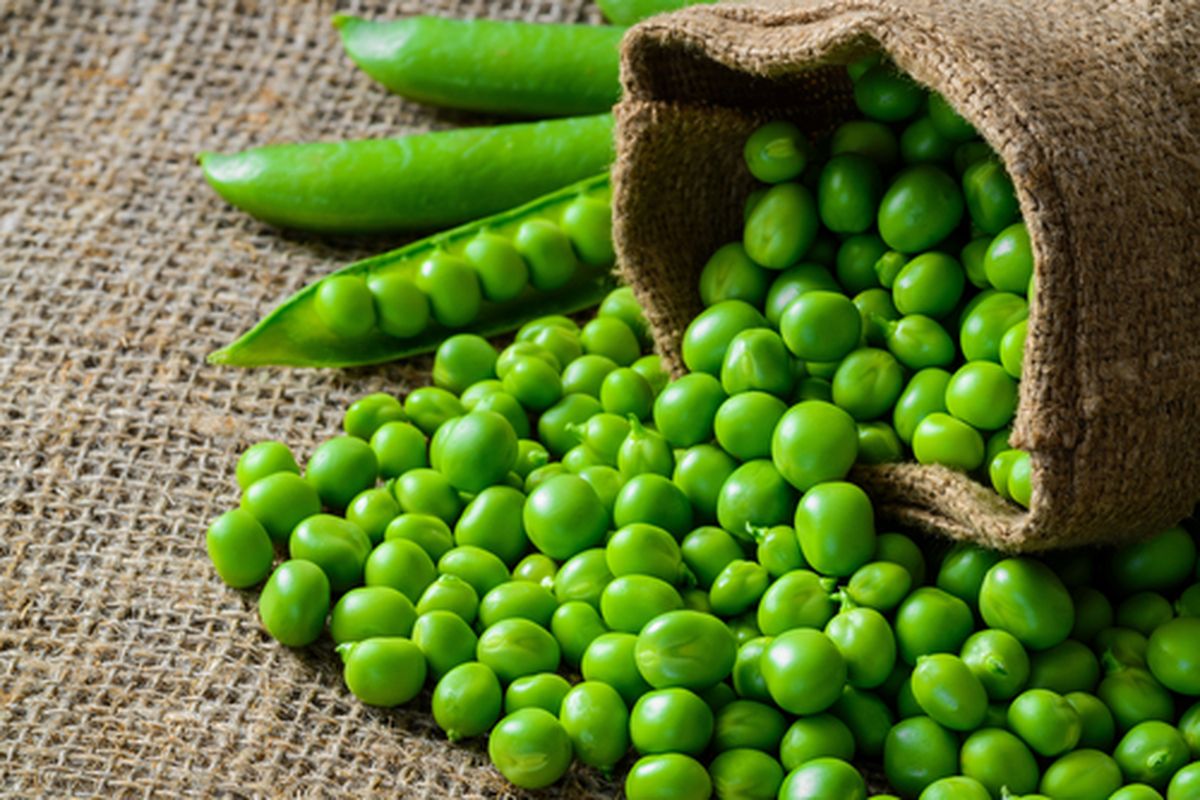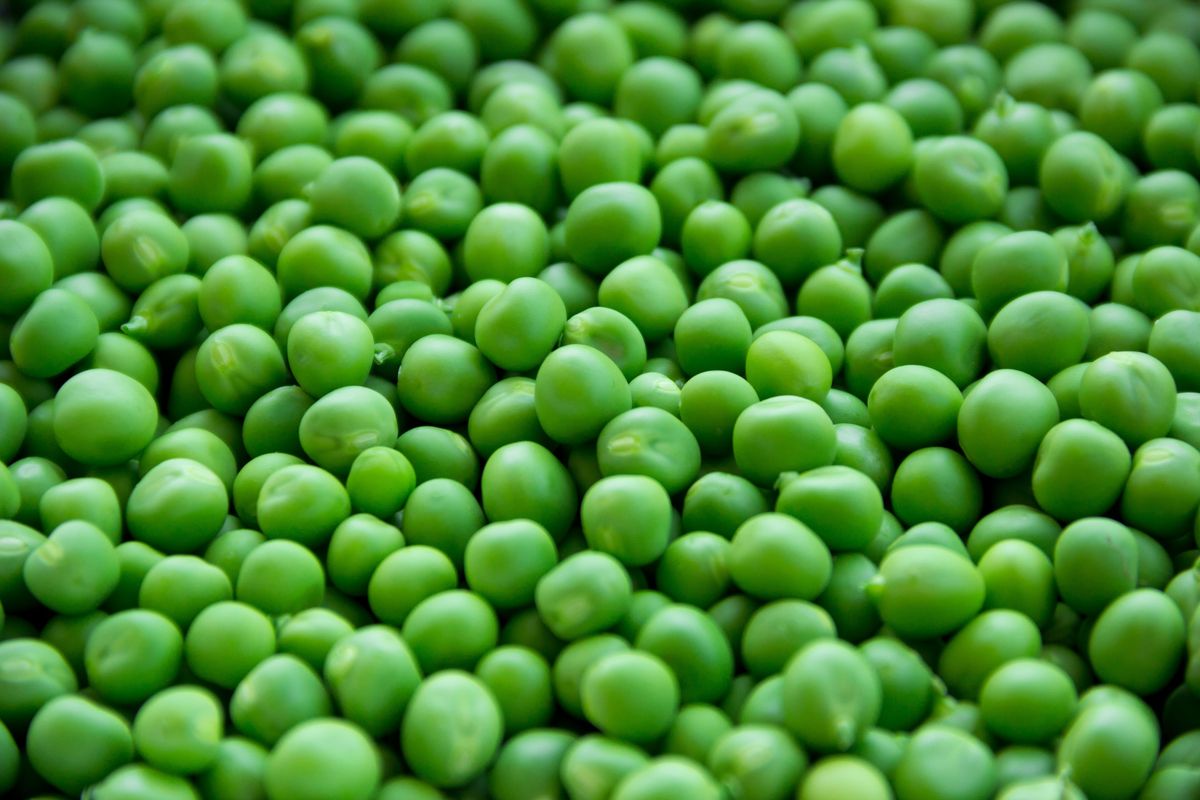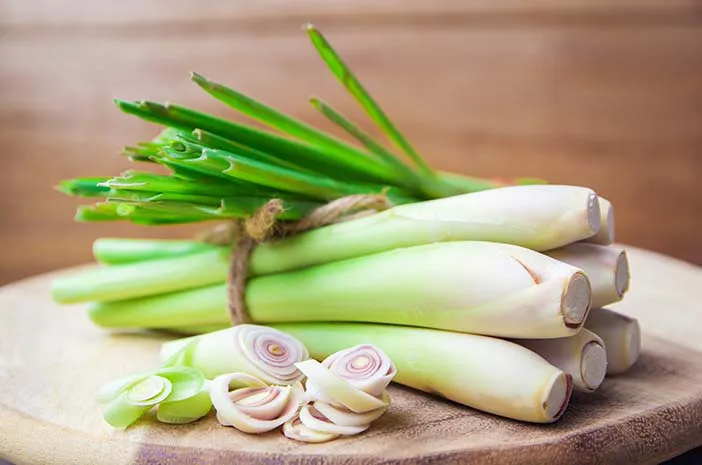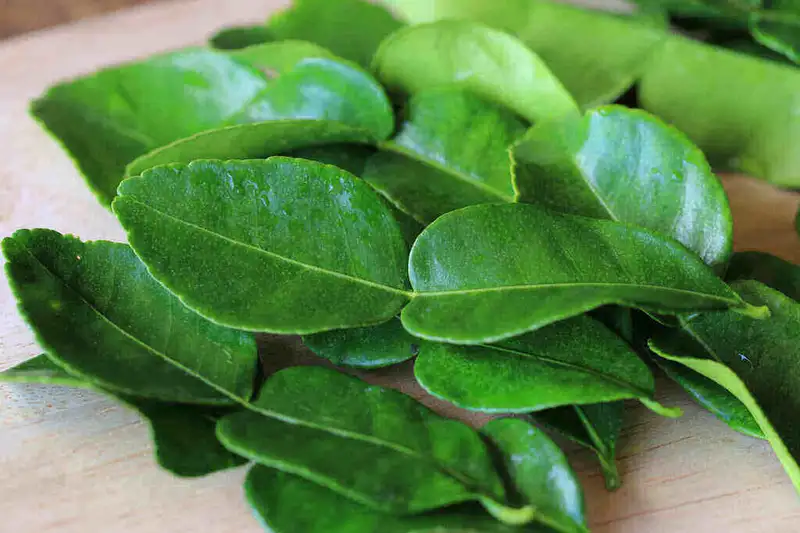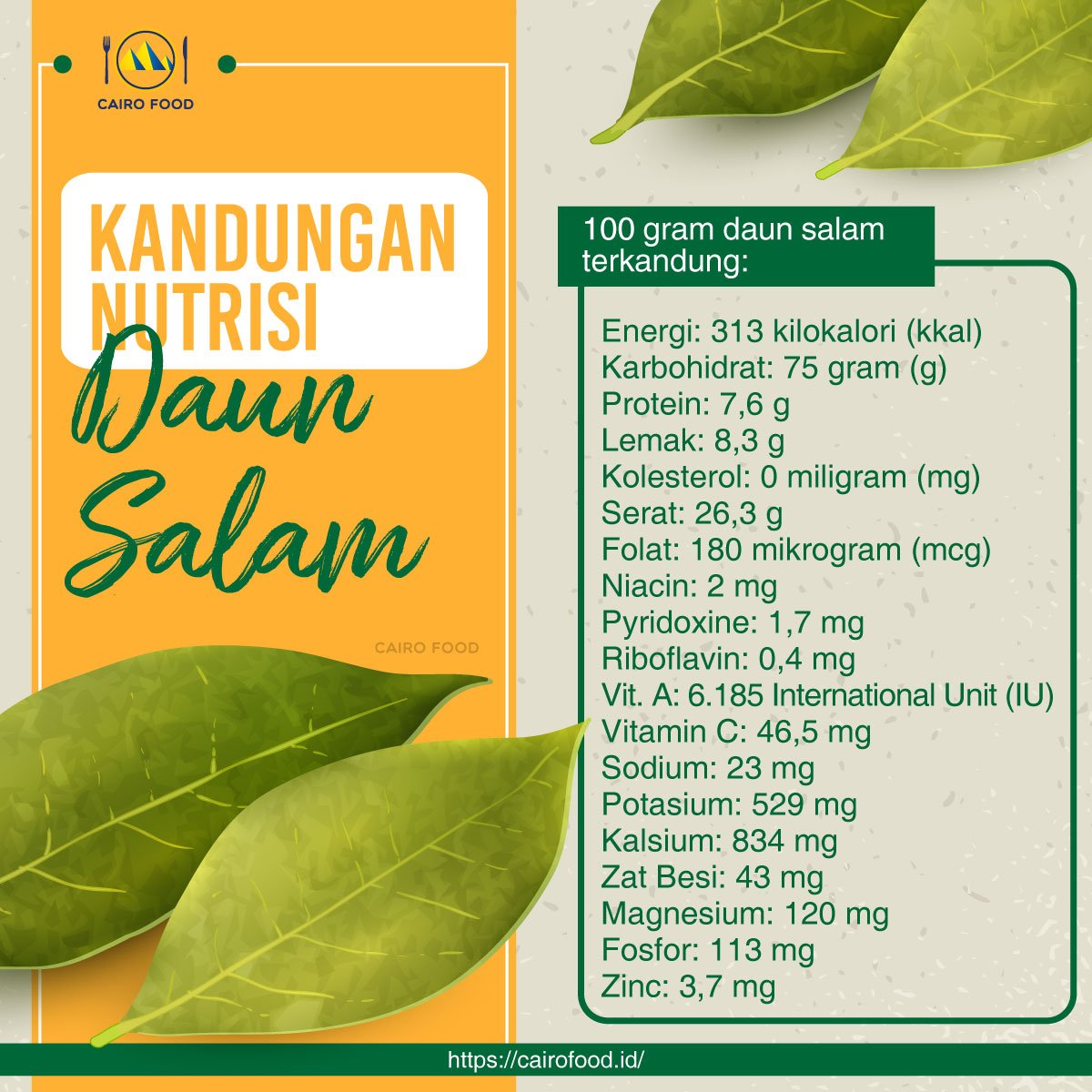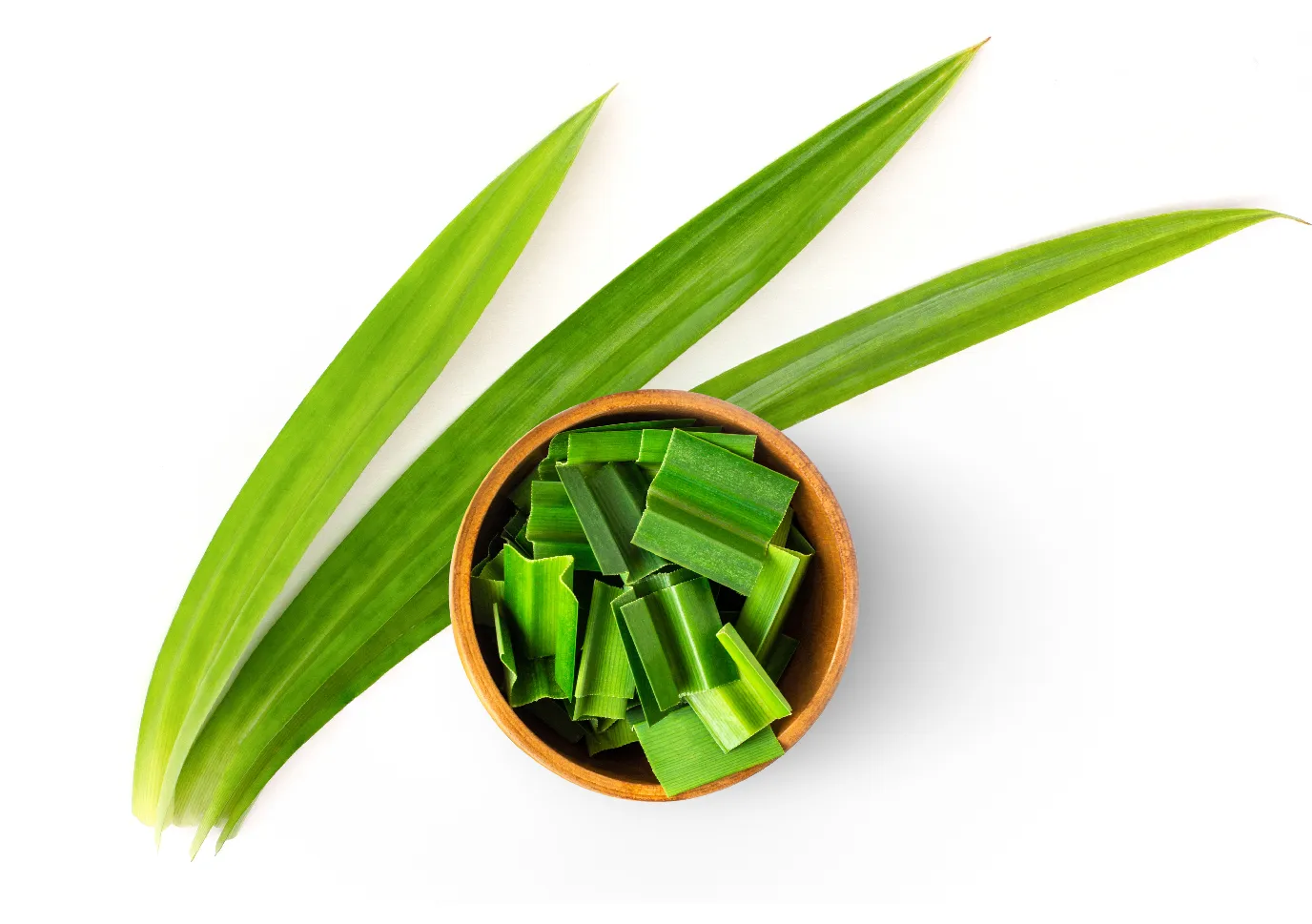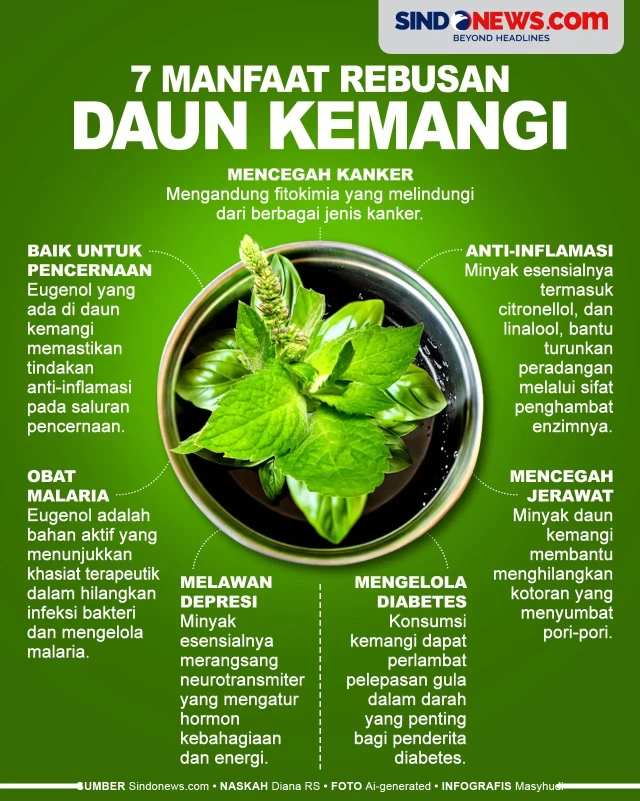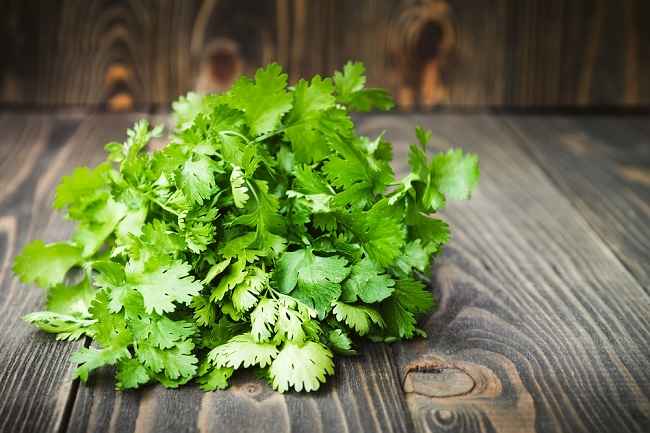Rawit chili vegetables, known for their fiery heat and vibrant appearance, have become a staple ingredient in many culinary traditions, especially in Southeast Asia. These small, potent peppers are appreciated not only for their intense flavor but also for their versatility in various dishes. As global interest in spicy foods and healthy eating grows, rawit chili vegetables are gaining recognition for their nutritional benefits and cultural significance. This article explores the botanical, nutritional, and cultivation aspects of rawit chili vegetables, offering insights into their varieties, harvesting practices, culinary uses, health considerations, sustainable farming methods, and future trends.
Introduction to Rawit Chili Vegetables and Their Popularity
Rawit chili vegetables are a popular ingredient in many traditional and contemporary cuisines, particularly in Indonesia, Malaysia, Thailand, and the Philippines. Their popularity stems from their distinctive fiery taste, which adds depth and heat to a wide range of dishes, from sambals and curries to salads and stir-fries. The small size of rawit peppers makes them convenient for use as a condiment or garnish, allowing cooks to control the level of spiciness easily. Over time, their popularity has expanded beyond regional cuisines, becoming a global favorite among spicy food enthusiasts.
The appeal of rawit chili vegetables is also linked to their nutritional profile. Rich in vitamins, antioxidants, and capsaicin—the compound responsible for their heat—they are considered health-promoting foods. Additionally, their cultivation is adaptable to various environments, making them accessible to both commercial farmers and home gardeners. The popularity of rawit chili vegetables continues to grow as consumers seek flavorful, healthful, and versatile ingredients for their cooking.
In recent years, the global demand for spicy foods has contributed to increased cultivation and export of rawit chili vegetables. Farmers and producers are exploring new varieties and cultivation techniques to meet this demand. Consumer interest in organic and sustainable produce has also encouraged more environmentally friendly farming practices. As a result, rawit chili vegetables are increasingly featured in specialty markets, health food stores, and international cuisines.
The cultural significance of rawit chili vegetables cannot be overstated. In many communities, they are integral to traditional recipes and cultural identity. Their use in ceremonial dishes and daily meals reflects their deep-rooted importance. As awareness of their benefits and culinary potential expands, rawit chili vegetables are poised to become even more prominent on the global stage, blending tradition with modern culinary innovation.
Botanical Characteristics of Rawit Chili Plants
Rawit chili plants belong to the Capsicum genus, which includes a variety of chili peppers known for their pungency and vibrant colors. These plants are typically small, bushy, and herbaceous, growing to a height of about 30 to 60 centimeters. They have a compact growth habit, making them suitable for container gardening and small-scale cultivation. The leaves are ovate, with a glossy surface, and the plants produce small, tubular fruits that mature into the characteristic rawit peppers.
The peppers themselves are usually small, measuring about 1 to 2 centimeters in length, and are often pointed or slightly curved. Their colors range from green to bright red, orange, or yellow, depending on the variety and maturity stage. The skin of rawit peppers is smooth and shiny, and their interior contains seeds and placental tissue that carry the capsaicin, the component responsible for their heat. The maturation process involves a color change from green to the mature hue, which also influences flavor and heat level.
Botanically, rawit chili plants prefer warm, tropical climates with well-drained soil. They thrive in conditions with ample sunlight, moderate humidity, and consistent watering. The plants are generally resistant to pests and diseases but can be susceptible to issues such as aphids, fruit fly infestations, and fungal infections if not properly managed. Proper pruning and spacing are essential to promote healthy growth and maximize yield.
The reproductive cycle of rawit chili plants involves flowering followed by fruit development. The flowers are small, white or pale, and are pollinated primarily by insects. After fertilization, the fruits develop and mature over a period of 60 to 90 days, depending on environmental conditions and variety. Harvesting at the right stage of ripeness ensures optimal flavor, heat, and shelf life. Understanding these botanical characteristics helps cultivators optimize growth and produce high-quality rawit chili vegetables.
Nutritional Benefits of Consuming Rawit Chili Vegetables
Rawit chili vegetables are not only valued for their fiery flavor but also for their impressive nutritional profile. They are a rich source of vitamins, particularly vitamin C, which supports immune health, skin vitality, and antioxidant activity. They also contain vitamin A in the form of beta-carotene, which promotes good vision and skin health. The presence of vitamin B6 and folate further contributes to overall metabolic health and energy production.
Capsaicin, the bioactive compound responsible for the spicy heat of rawit chilies, offers several health benefits. It has been shown to boost metabolism, aid in weight management, and provide pain relief through its anti-inflammatory properties. Capsaicin also has antioxidant effects, helping to neutralize harmful free radicals in the body. Regular consumption of rawit chili vegetables can contribute to improved cardiovascular health by promoting healthy blood circulation and reducing blood pressure.
In addition to vitamins and capsaicin, rawit chili vegetables contain minerals such as potassium, magnesium, and manganese. These minerals are essential for maintaining electrolyte balance, nerve function, and bone health. The dietary fiber present in the peppers supports digestive health and helps regulate blood sugar levels. Their antioxidant properties also contribute to reducing oxidative stress and lowering the risk of chronic diseases such as cancer and diabetes.
Despite their health benefits, rawit chili vegetables should be consumed in moderation, especially by individuals with gastrointestinal sensitivities or allergies. The intense heat can cause discomfort or irritation in some people, and excessive intake may lead to symptoms such as heartburn or stomach upset. Nonetheless, incorporating rawit chili vegetables into a balanced diet can enhance nutritional intake and support overall well-being.
Research continues to explore the potential medicinal properties of capsaicin and other compounds found in rawit chili vegetables. From pain management to metabolic health, these peppers are increasingly recognized as functional foods with therapeutic potential. As part of a diverse diet, they can contribute to a healthy lifestyle and serve as a flavorful way to boost nutrition.
Cultivation Techniques for Growing Rawit Chili at Home
Growing rawit chili vegetables at home is a rewarding endeavor that requires minimal space and resources. The process begins with selecting high-quality seeds from reputable sources or local markets. For optimal germination, seeds should be soaked in water for a few hours before planting. Sow the seeds in well-draining soil or seed-starting trays filled with a mixture of compost and organic matter, maintaining a temperature of around 25-30°C for best results.
Once seedlings emerge, usually within 7-14 days, they should be transplanted into larger containers or garden beds. It is important to space the plants about 15-20 centimeters apart to allow for proper airflow and growth. Rawit chili plants thrive in full sunlight, so selecting a sunny location is crucial. Regular watering is necessary to keep the soil moist but not waterlogged, and mulching can help retain soil moisture and suppress weeds.
Fertilization plays a vital role in healthy plant development. Applying organic fertilizers such as compost tea, fish emulsion, or slow-release manure provides essential nutrients. Side-dressing with nitrogen-rich supplements during the flowering stage can promote vigorous growth and fruit production. Pruning the plants to remove dead or diseased leaves encourages airflow and reduces pest susceptibility.
Monitoring for pests and diseases is essential in home cultivation. Common issues include aphids, fruit flies, and fungal infections. Natural pest control methods, such as neem oil or insecticidal soap, are effective and environmentally friendly. Harvesting should be done once the peppers reach their desired color and size, typically around 60-90 days after planting. Regular harvesting promotes continued production and ensures the peppers are at their peak flavor and heat.
Growing rawit chili vegetables at home not only provides fresh, flavorful produce but also fosters a sustainable and satisfying gardening experience. With proper care and attention, even novice gardeners can enjoy a bountiful harvest of these fiery peppers, enhancing their culinary repertoire and connection to nature.
Common Varieties of Rawit Chili and Their Distinct Flavors
There are numerous varieties of rawit chili, each offering unique flavors, heat levels, and colors. Some of the most well-known include the Cili Rawit (bird’s eye chili), which is prized for its intense heat and small, pointed appearance. Its flavor is sharp, pungent, and fiery, making it ideal for adding a quick punch of spice to dishes. The Cili Rawit Orange is a popular variety that matures into a bright orange color, offering a slightly milder flavor with a fruity undertone alongside its heat.
Another notable variety is the Cili Rawit Red, which turns a deep red when fully ripe. It has a robust flavor with a balanced heat level, making it versatile for cooking and garnishing. The Cili Rawit Yellow offers a milder, sweeter profile with a subtle heat, often used in salads and fresh dishes. These color variations not only influence flavor but also add visual appeal to culinary presentations.
Some regions cultivate specialty varieties such as the Thai Bird’s Eye Chili, known for its exceptional heat and aromatic qualities. These peppers are often smaller and more pungent than other varieties, making them highly sought after for traditional recipes. The Dwarf Chili varieties are also common, characterized by their compact size and intense heat, suitable for container gardening and small plots.
The flavor profiles of rawit chili varieties are influenced by their maturity, growing conditions, and genetic traits. While all share a common spicy kick, some varieties possess fruity, smoky, or slightly sweet nuances that can enhance specific dishes. Understanding these differences allows cooks and cultivators to select the most suitable variety for their culinary needs, balancing heat and flavor for optimal results.
As breeding and cultivation techniques advance, new varieties with tailored

